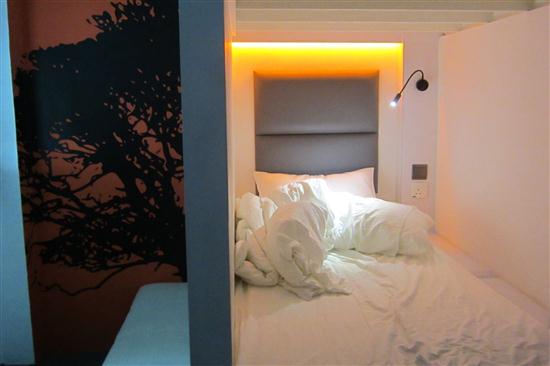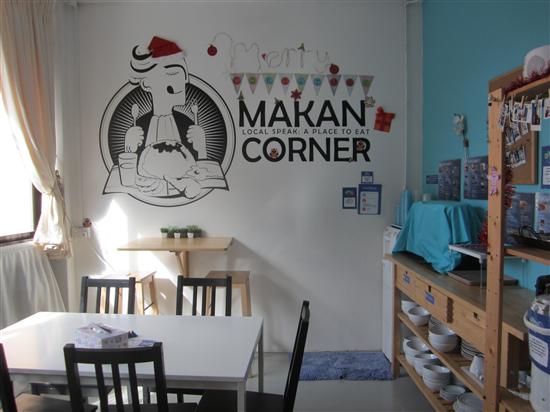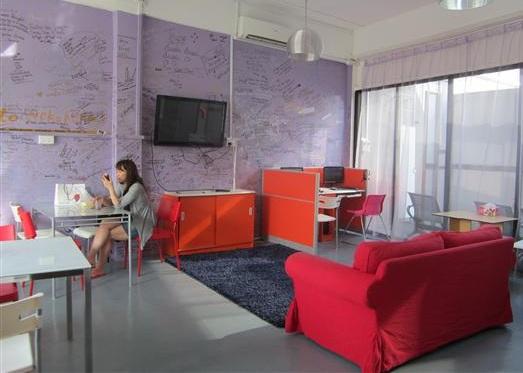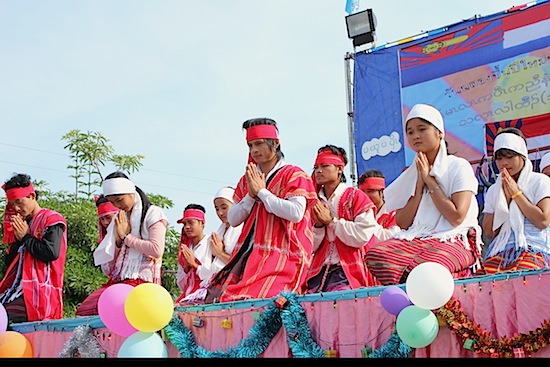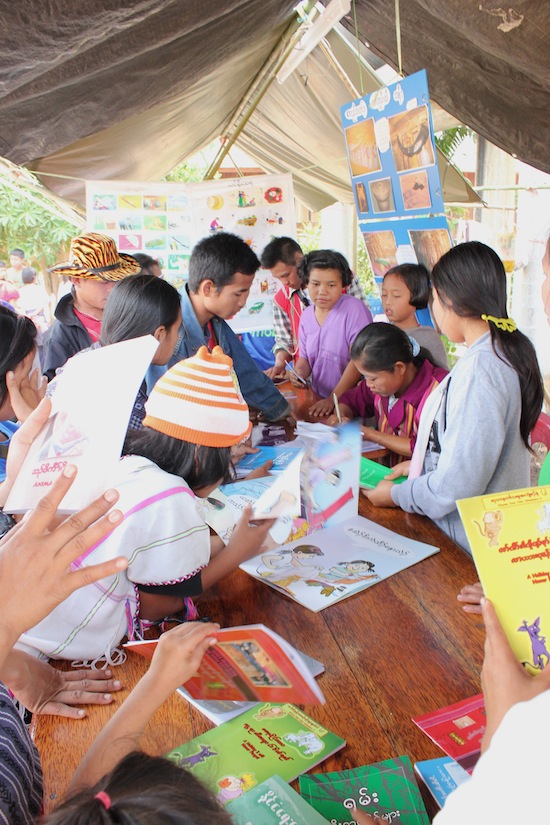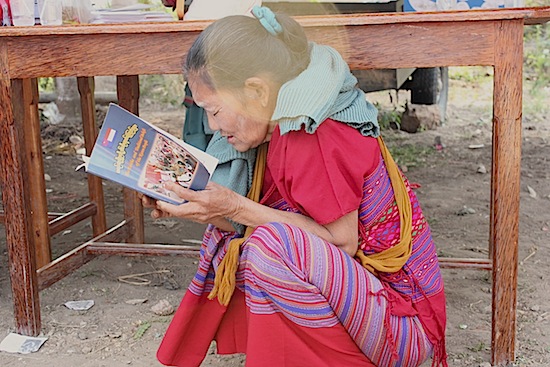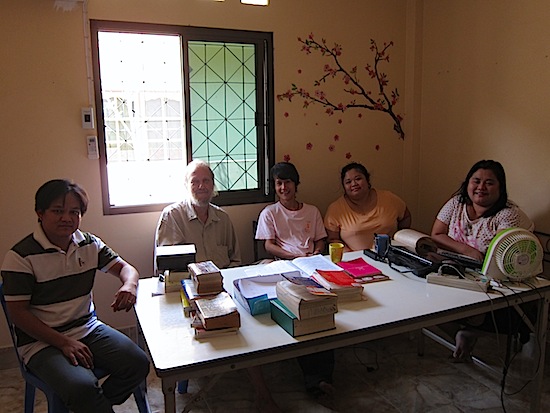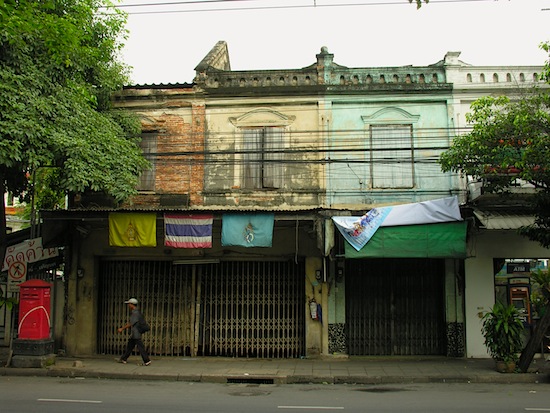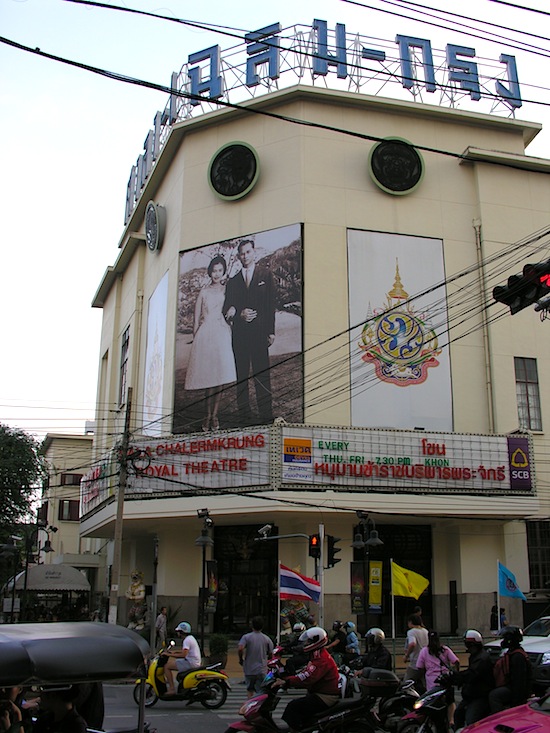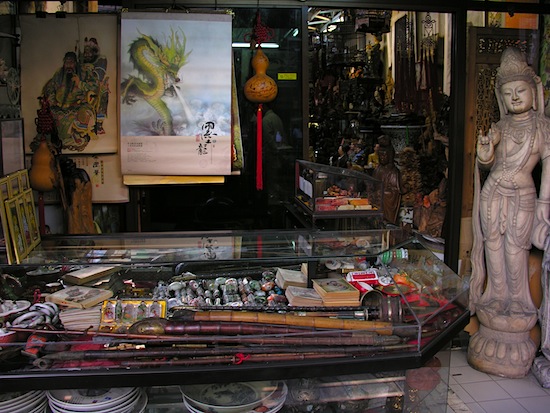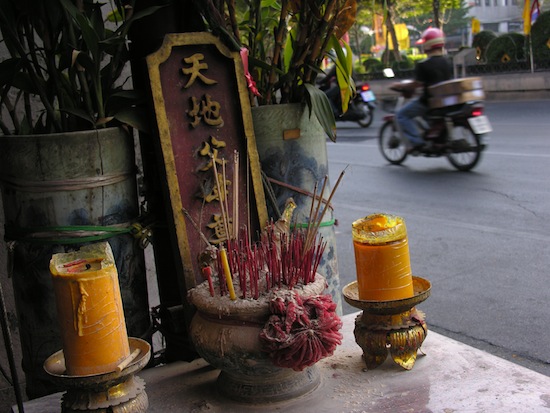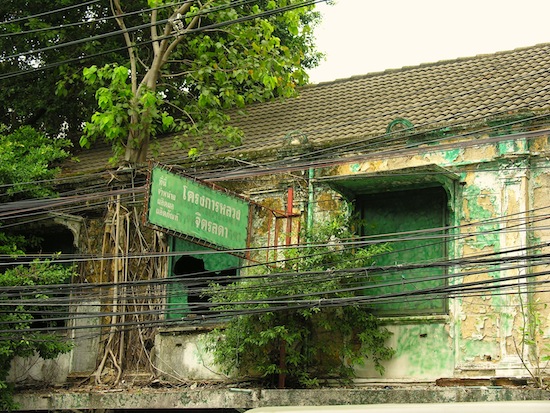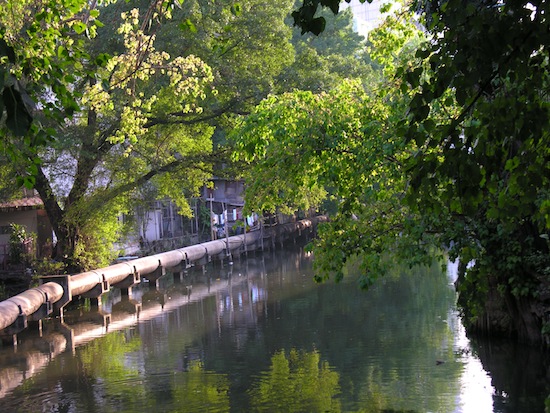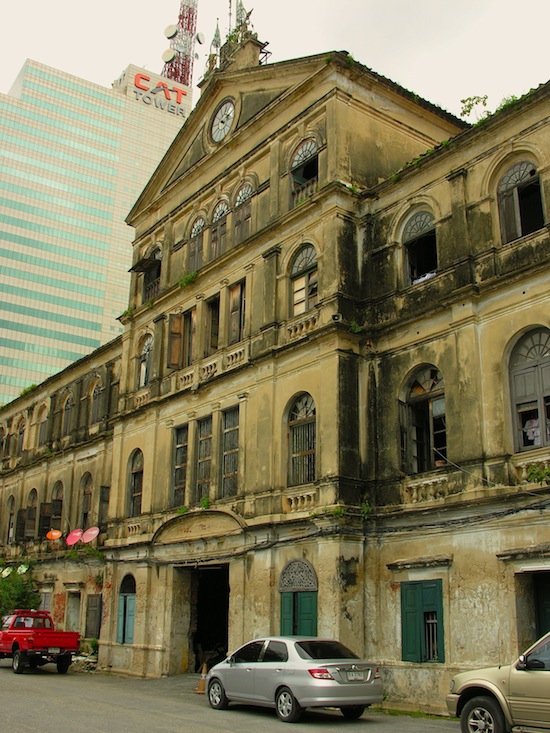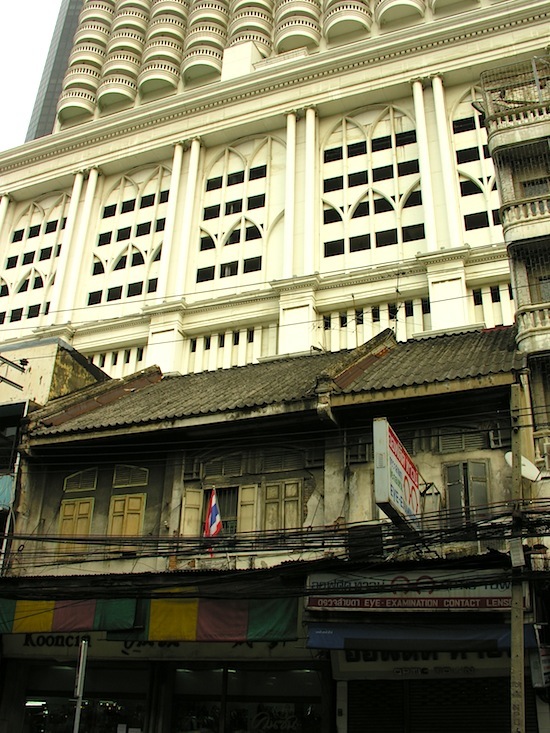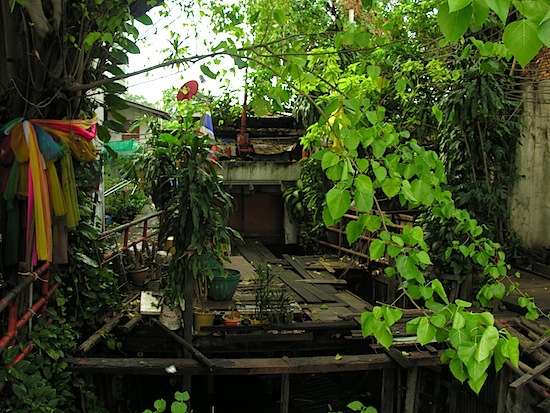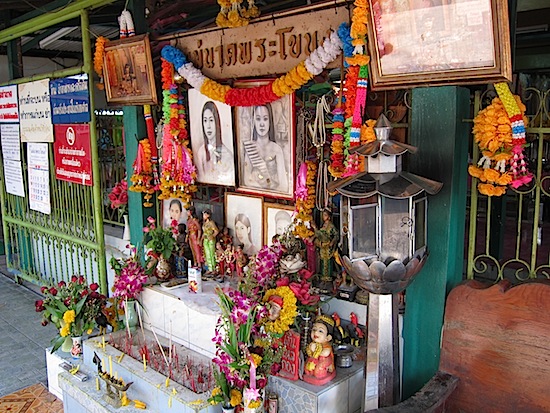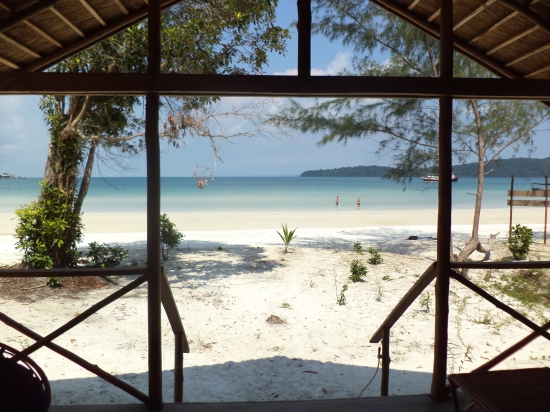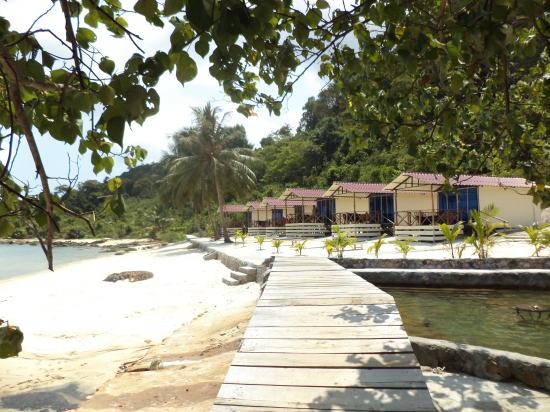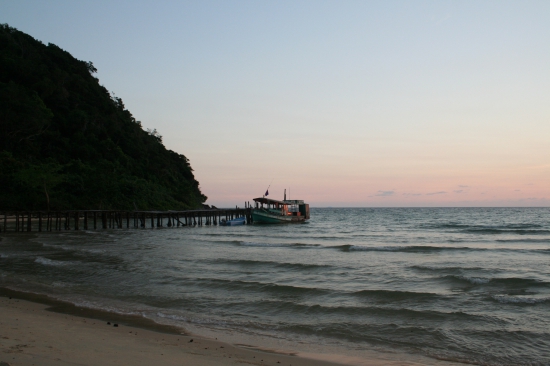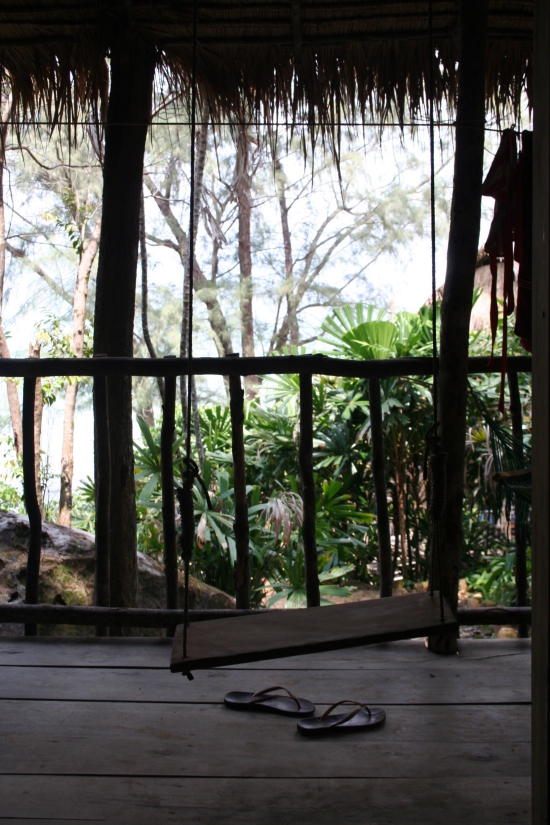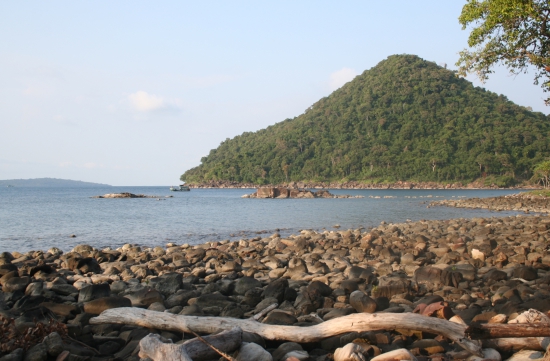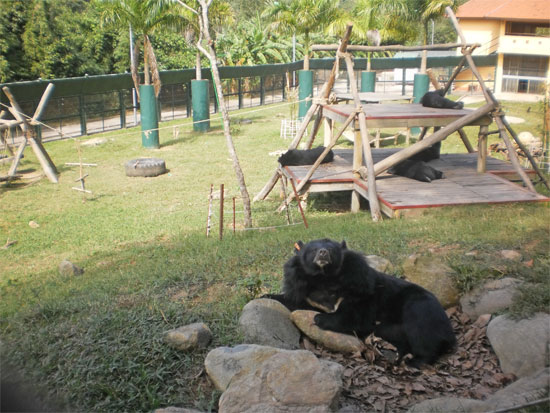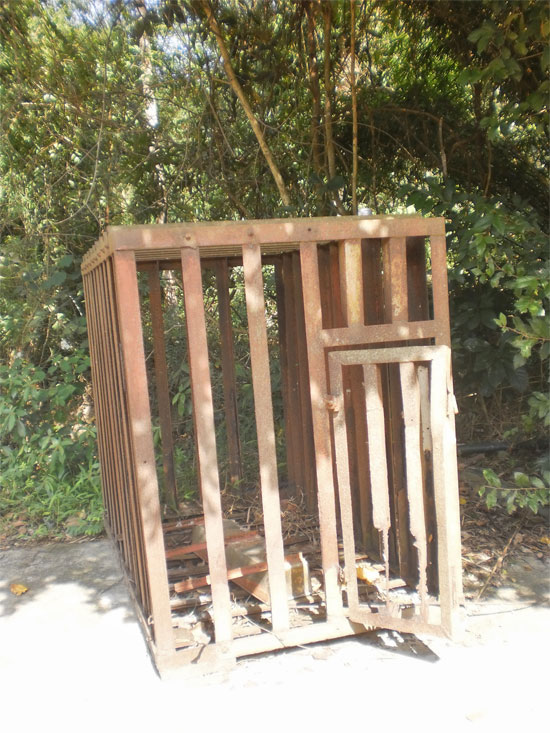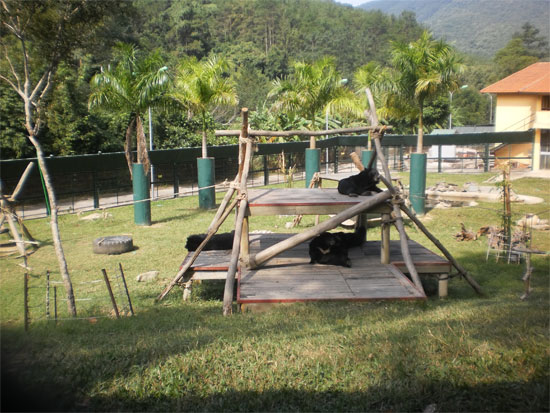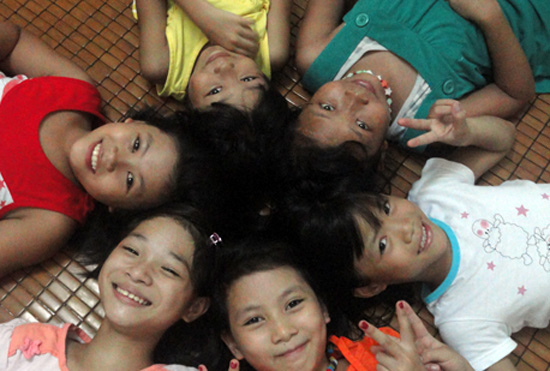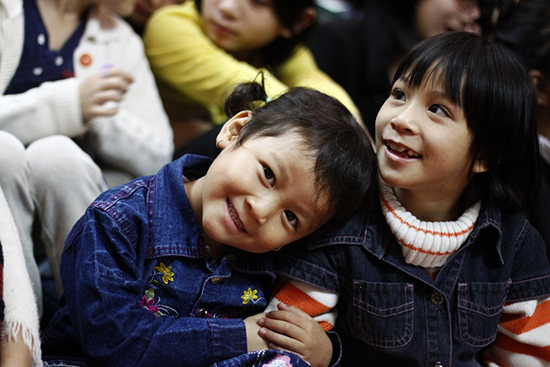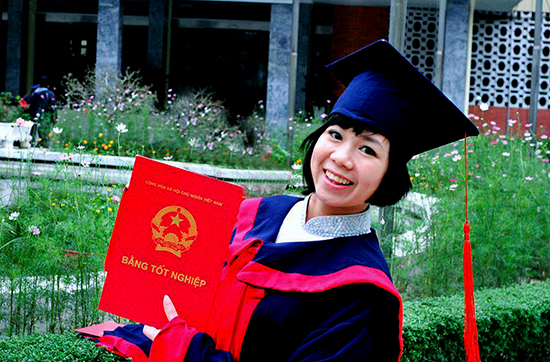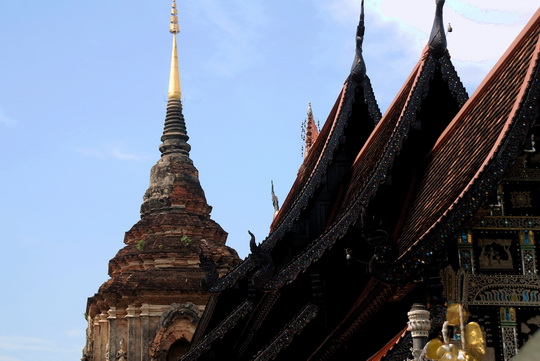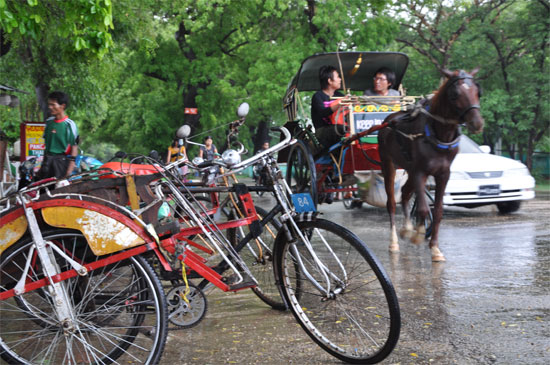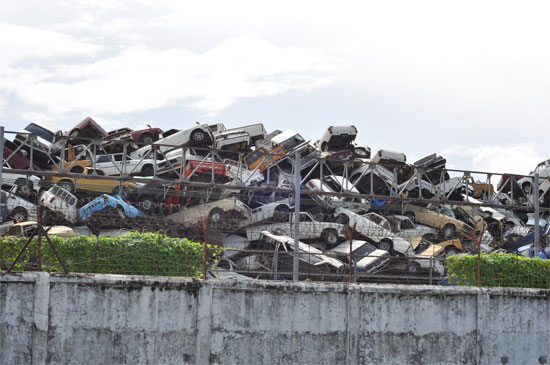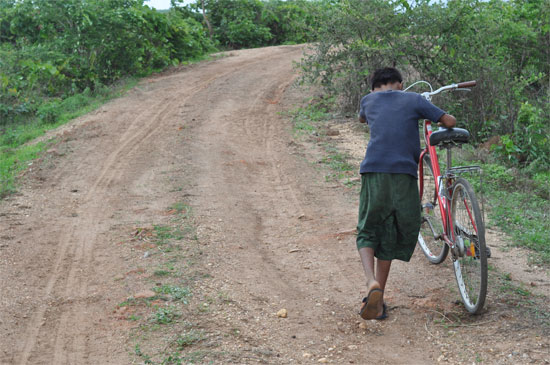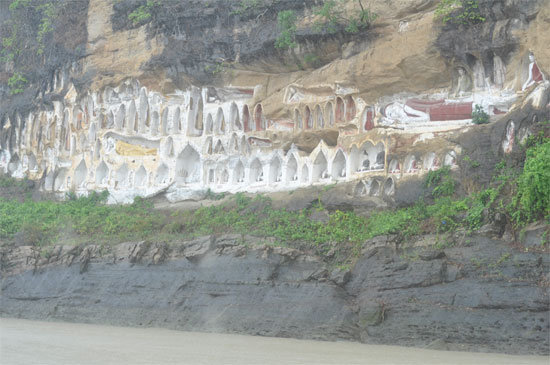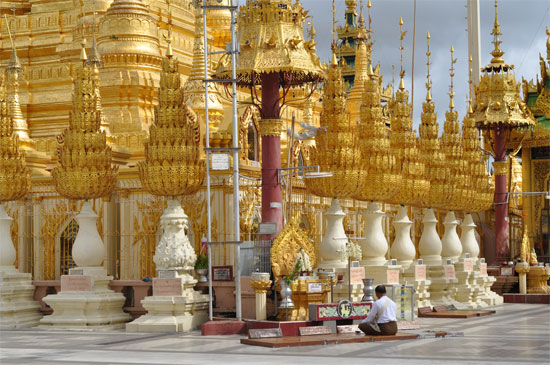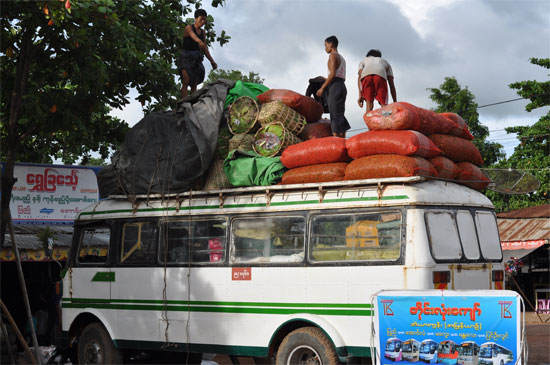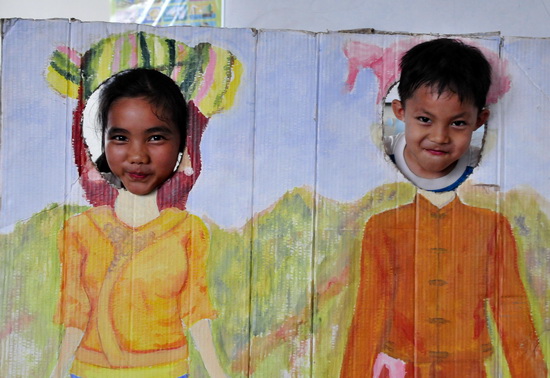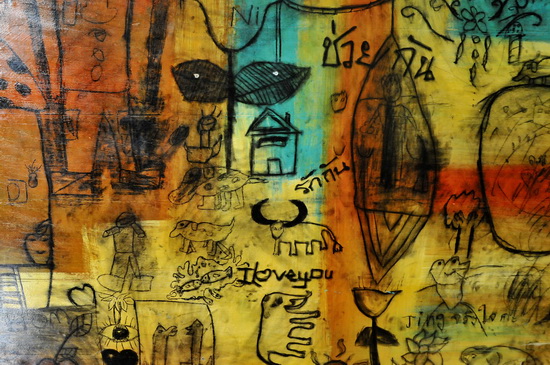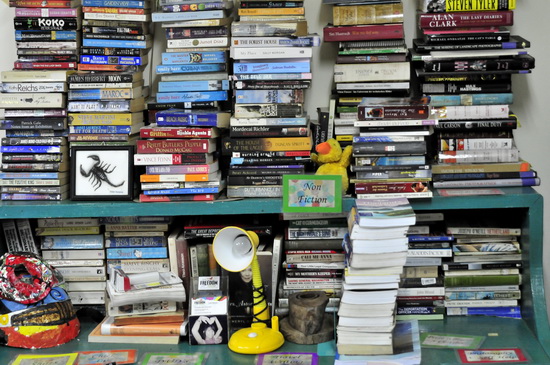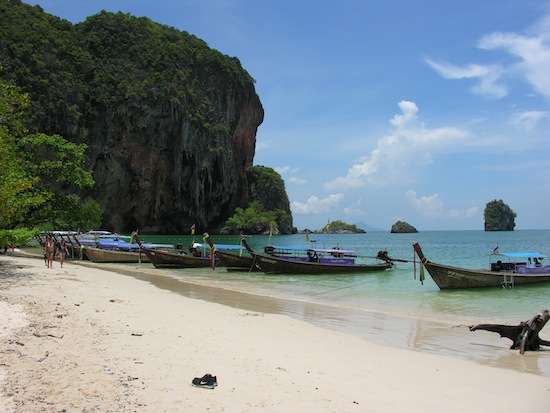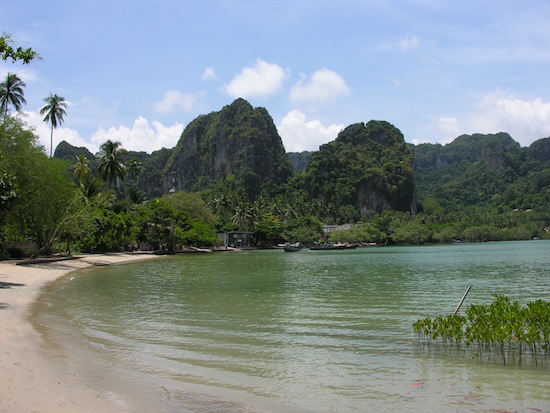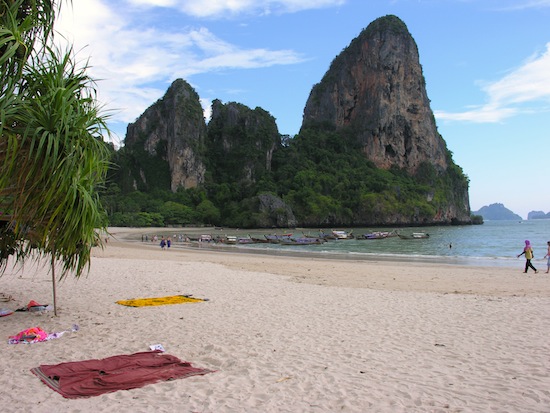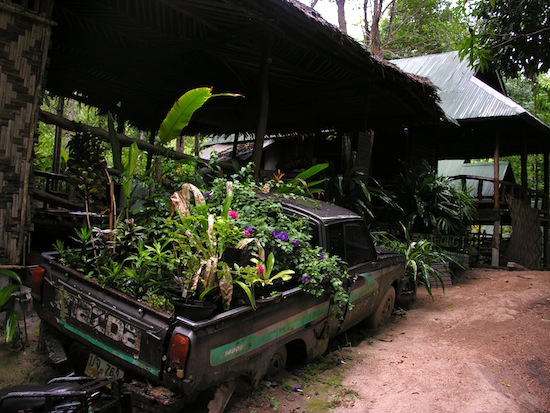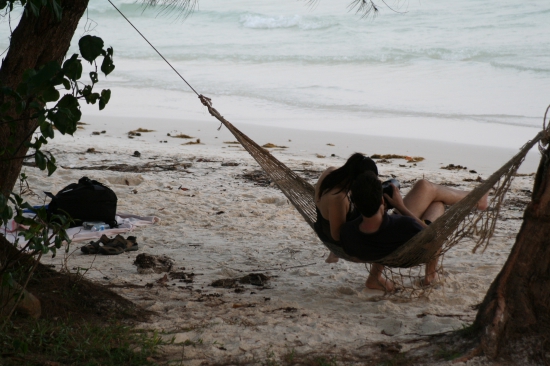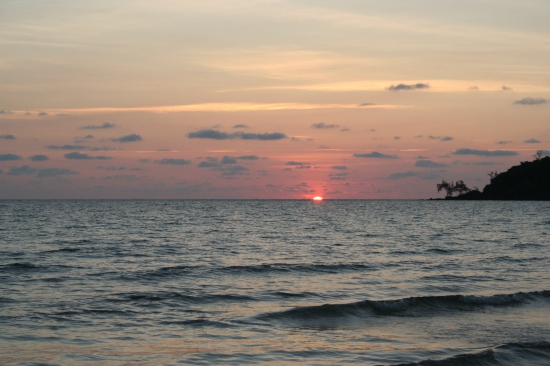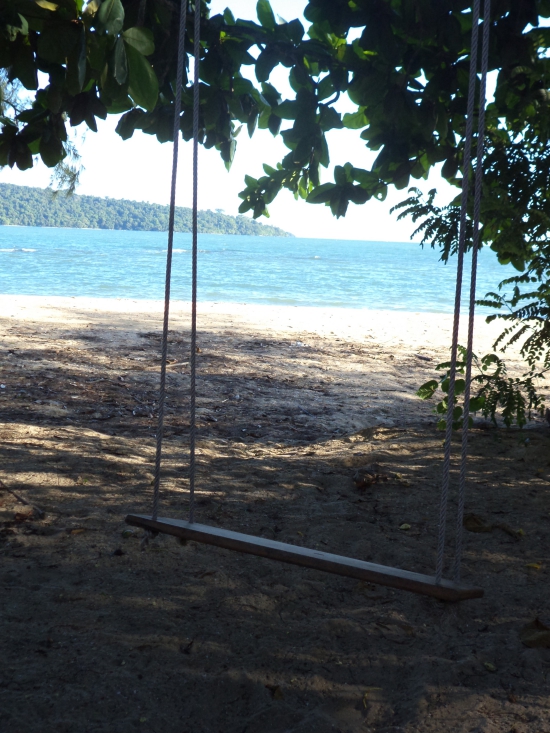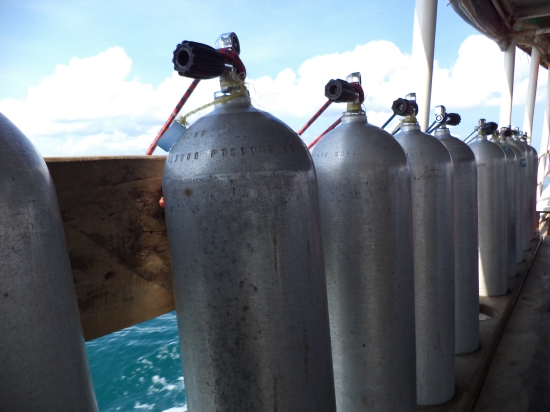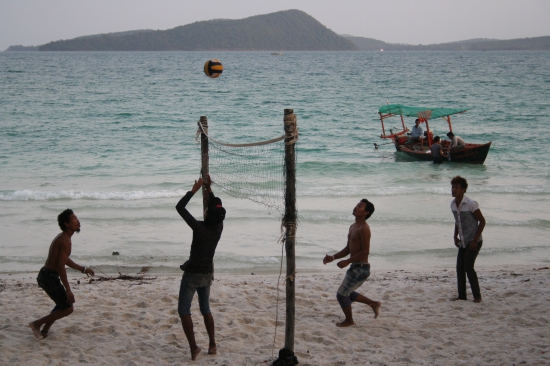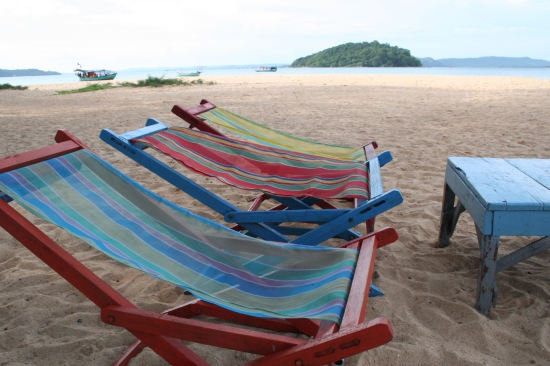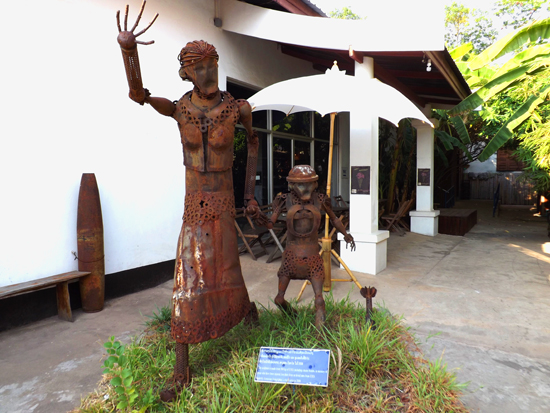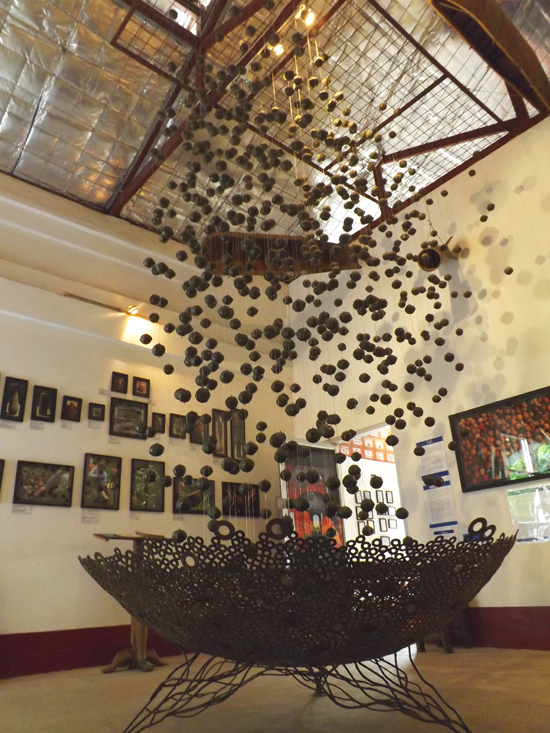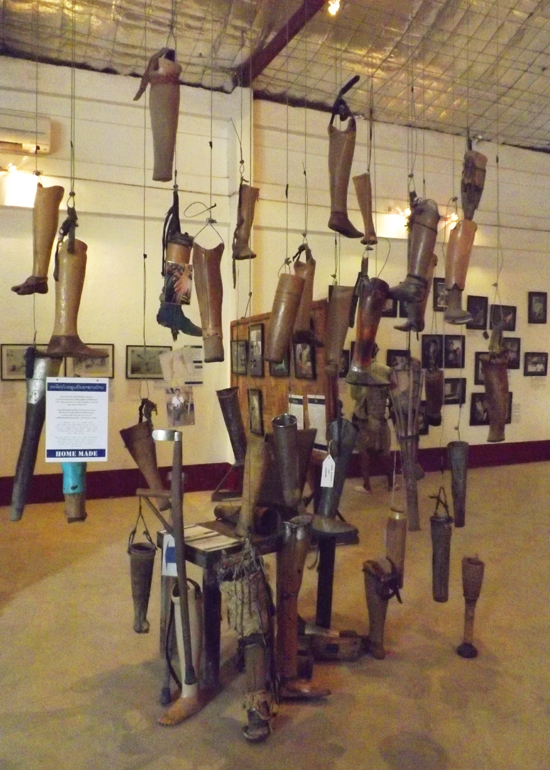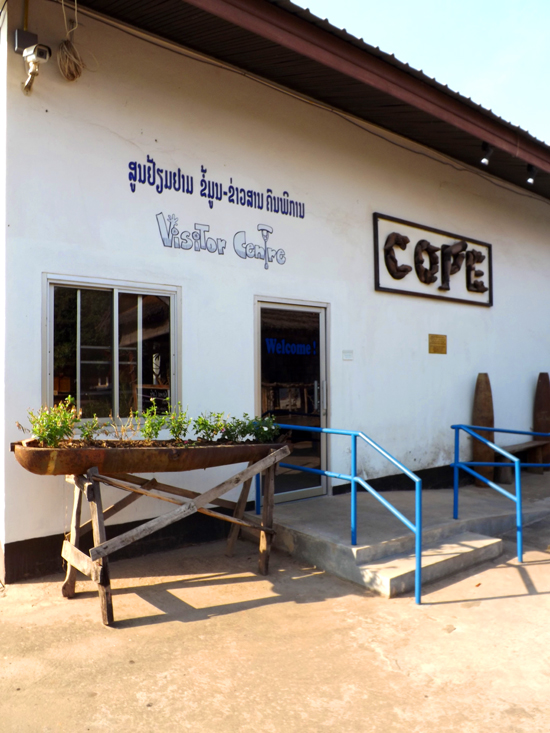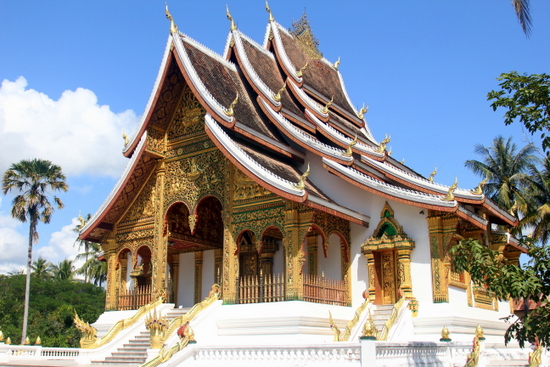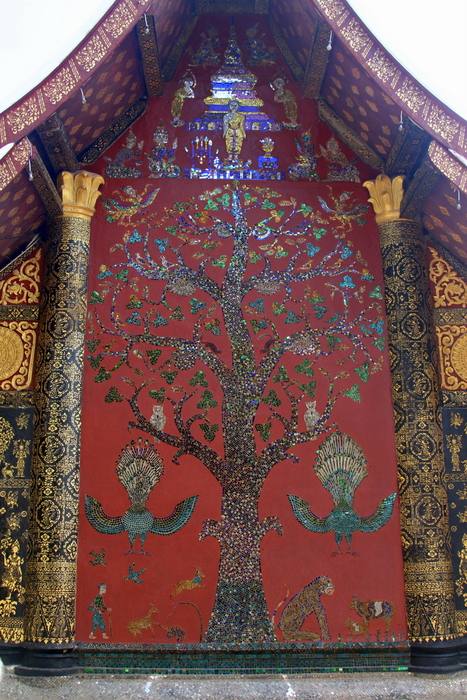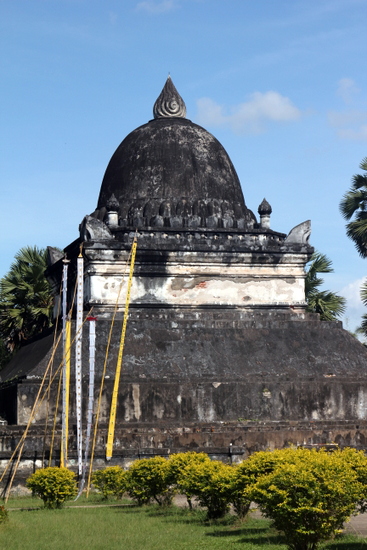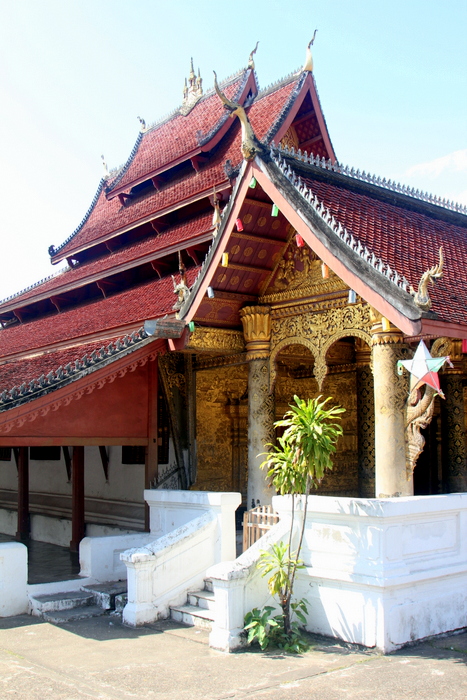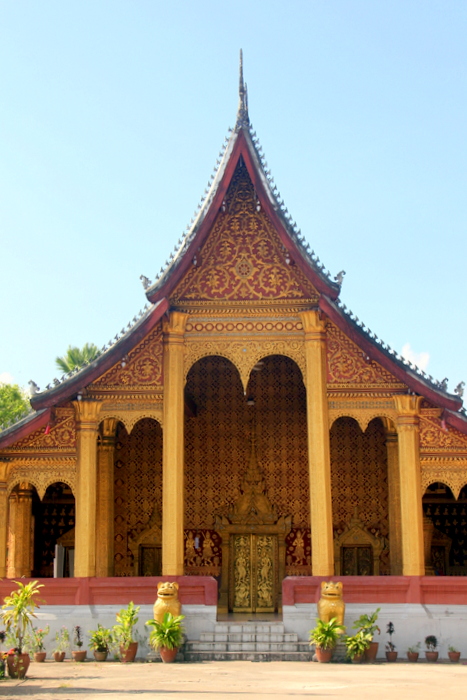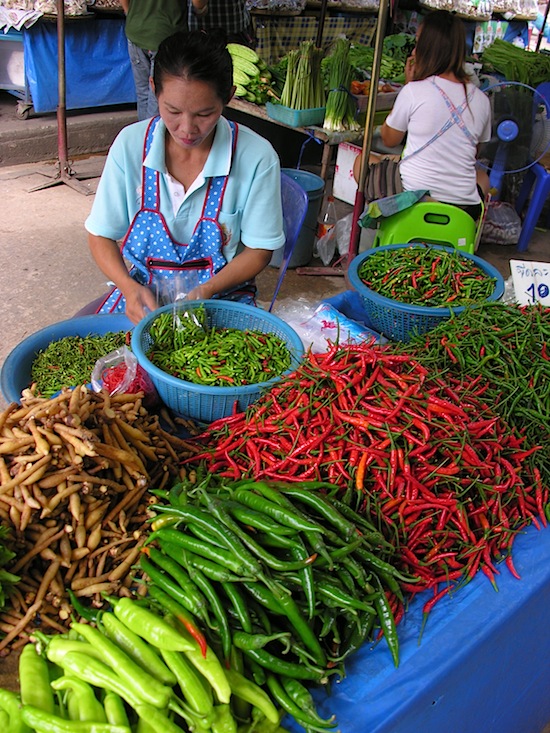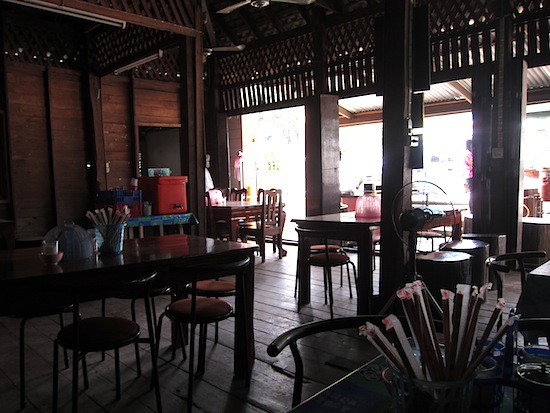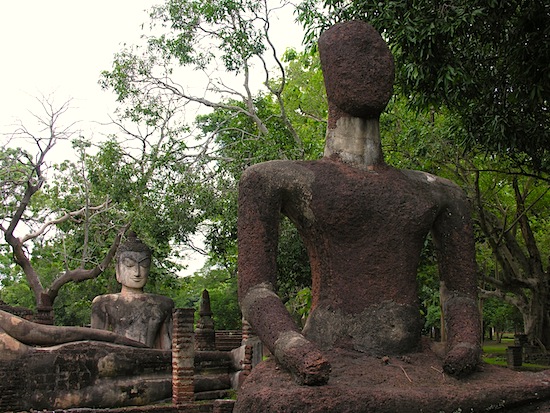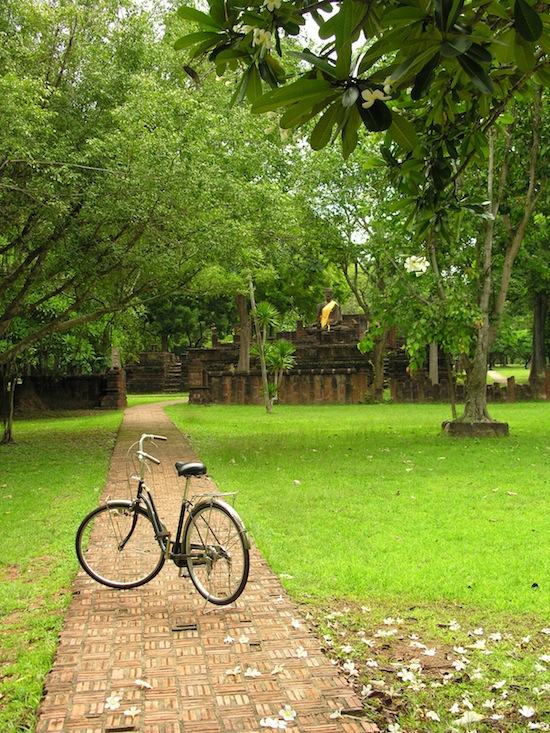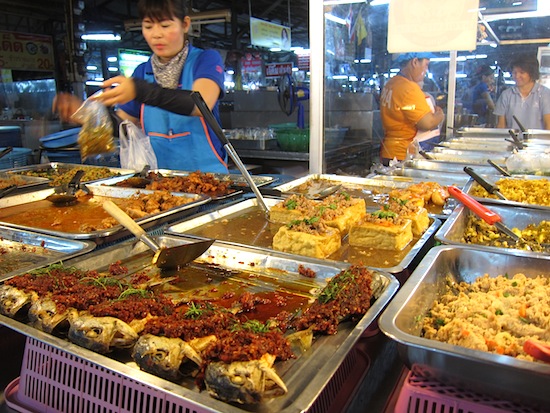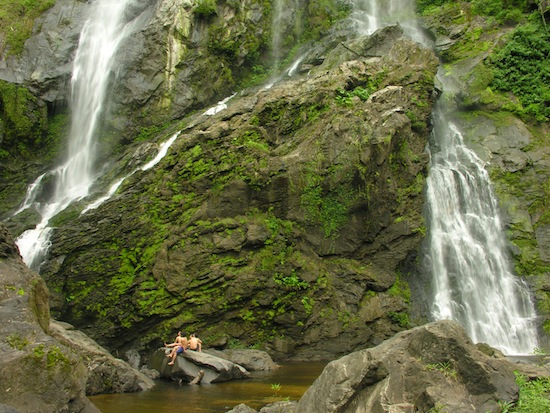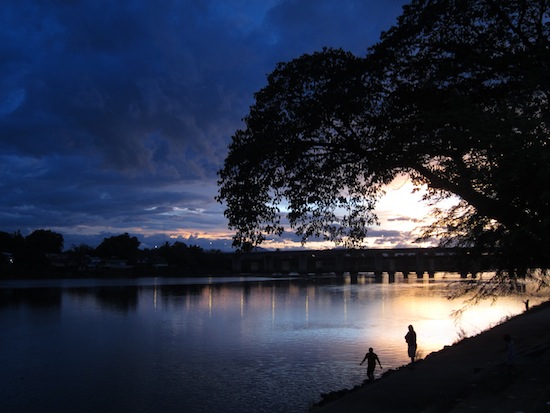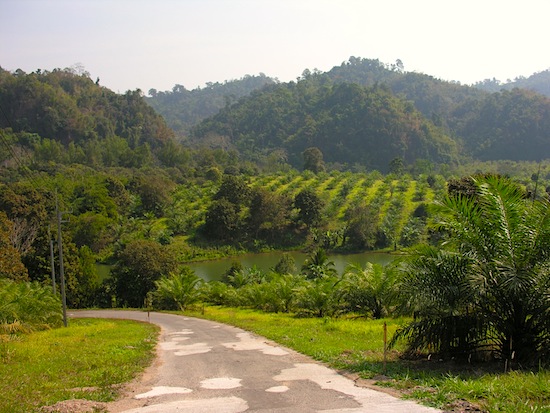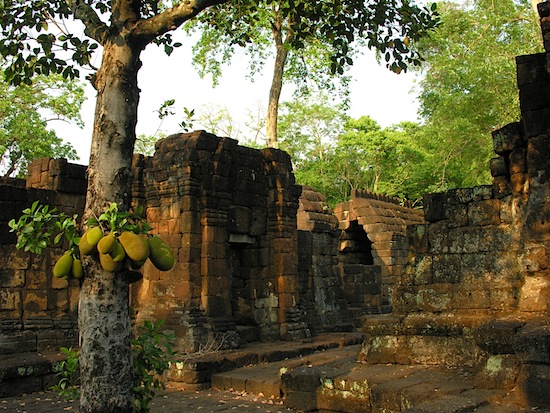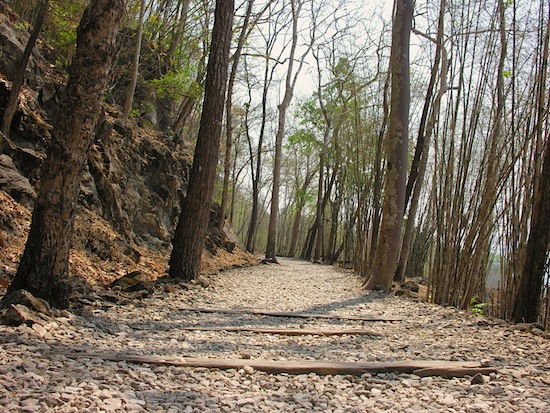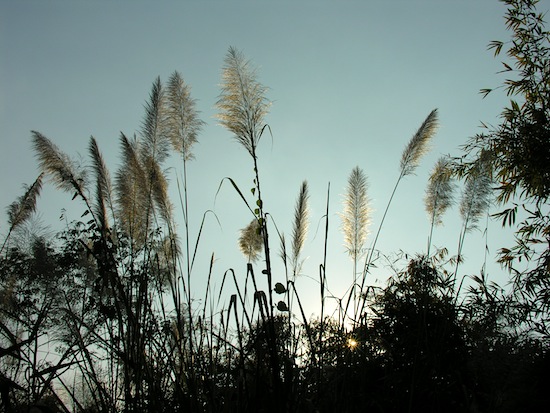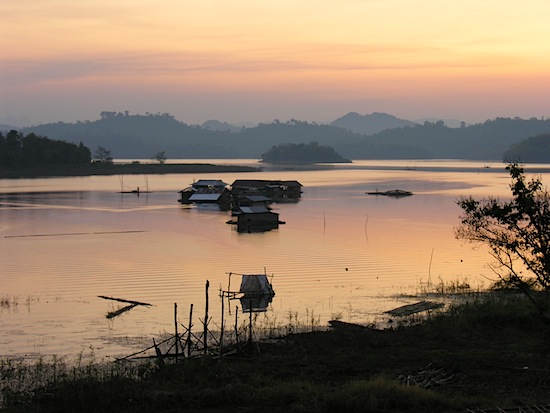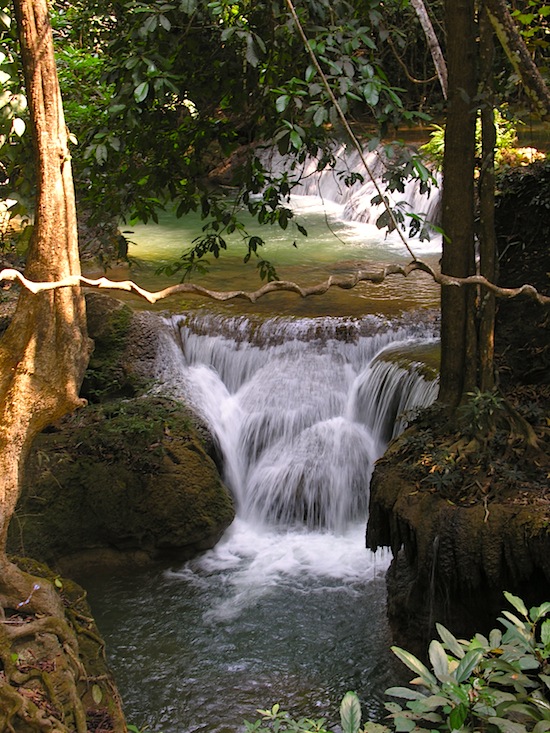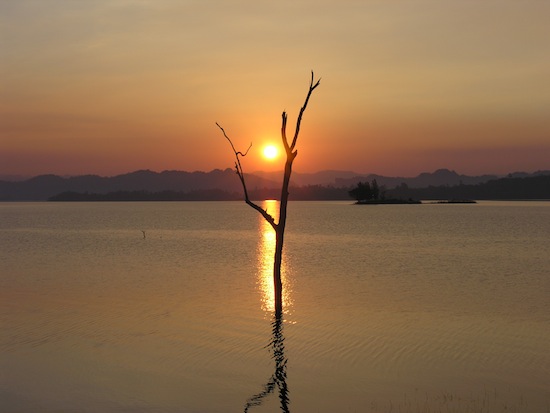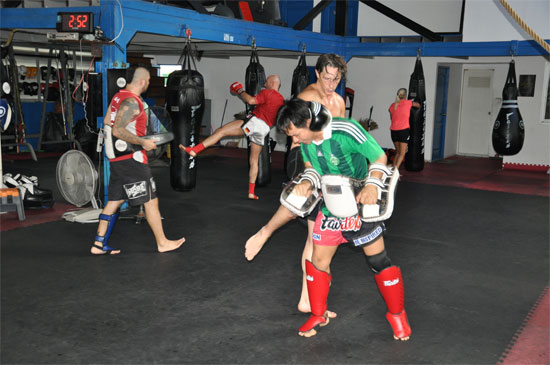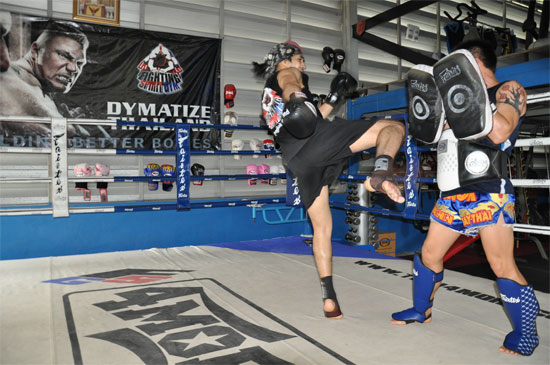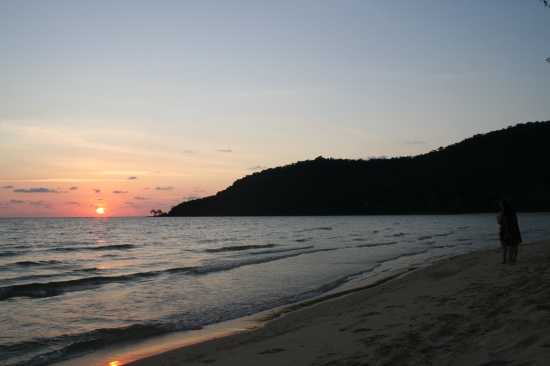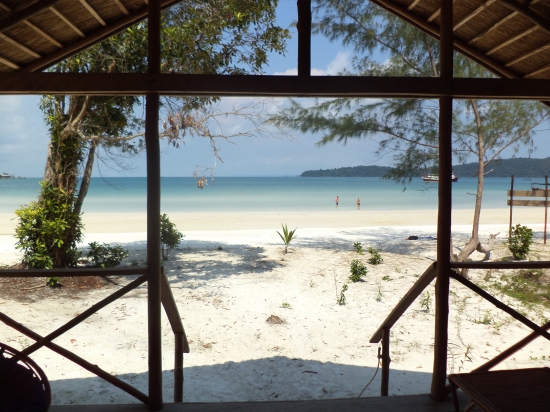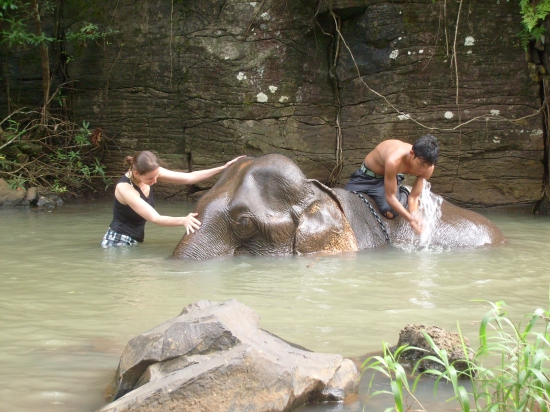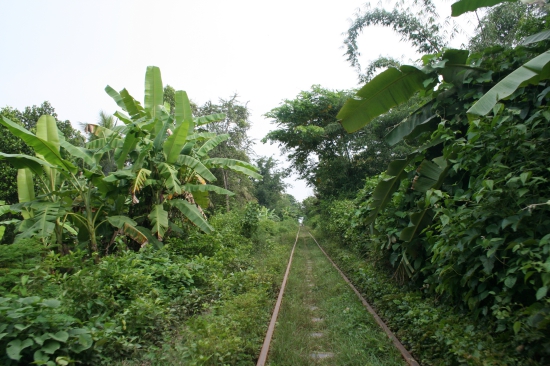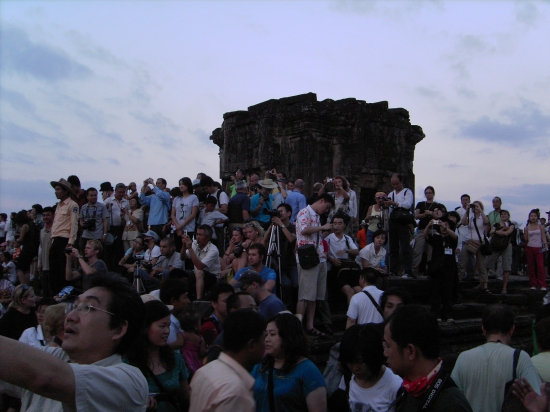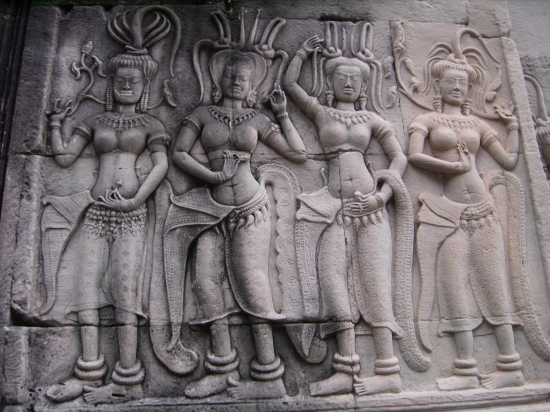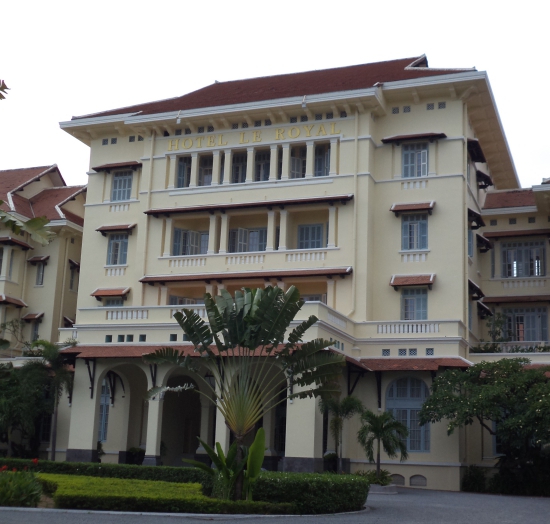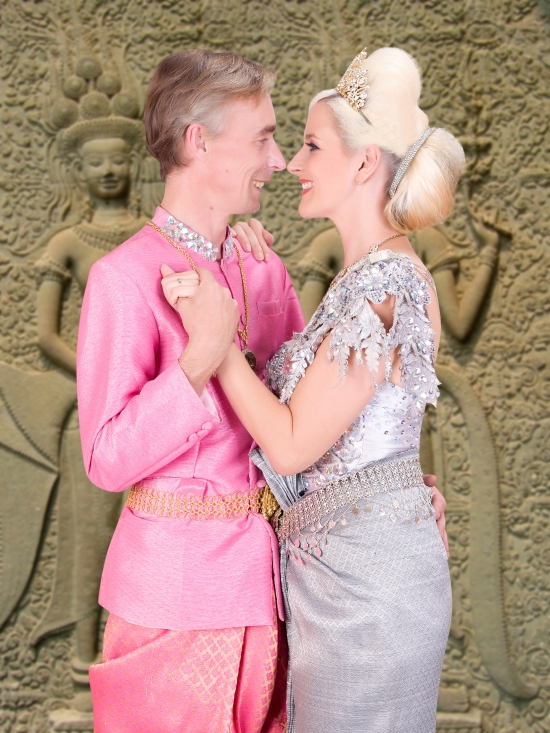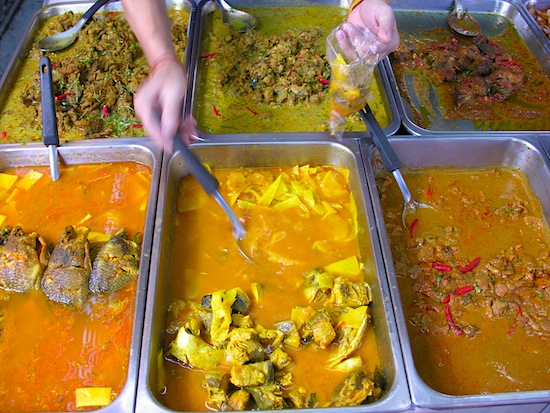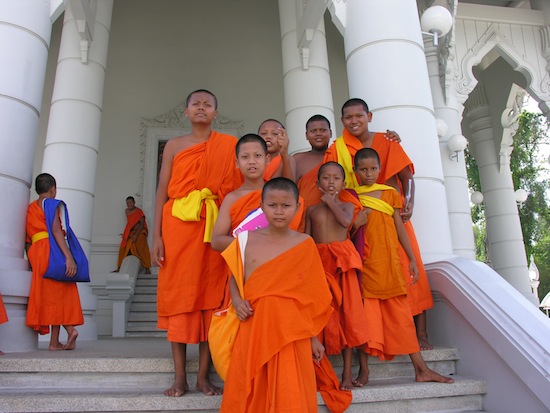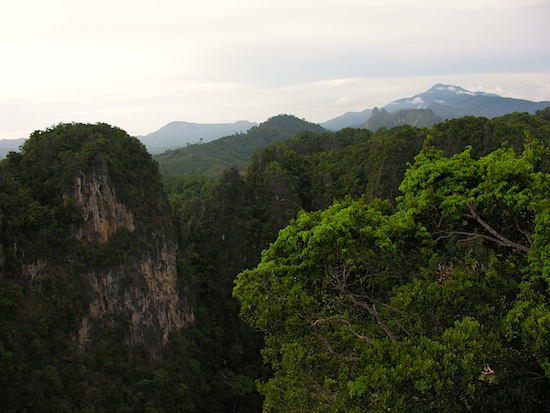After four tours, approximately 13 kilometres of walking, three portions of banh cuon, a kilo of extra weight and enough sugar to dissolve a few dozen teeth, my food tour adventure in Hanoi is over. It's reinvigorated my love of street food and inspired me to try a few new places, but which was the best?
When money's no object
Following the old-adage of "you get what you pay for", if budget was not a consideration then without question I would go on the priciest tour, Hanoi Street Food Tours. In fact, when our next big pay cheque comes in I'm going to encourage my boyfriend to go on it as I enjoyed it so much. It wasn't just the food, much of which was new to me, but also Mark's (or Tu's) agreeable company and wealth of knowledge.
But there's no denying it's expensive: despite inflation, US$75 gets you a lot in Hanoi, and perhaps dinner at one of the city's top restaurants holds more appeal. Me, though, I'd opt for their street food tour.
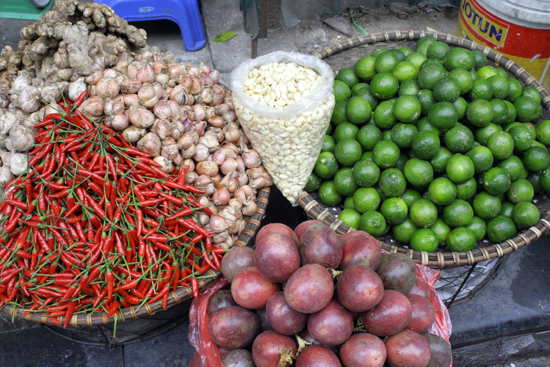
The colours of Hanoi.
Avoiding the crowds
If you want a more budget-friendly tour then you'll need to join a group. Three of the tours I tried were group ones, with participants ranging in number from three to five guests, although all would take up to eight. Three is a good number, five is pushing it, and eight would be too many.
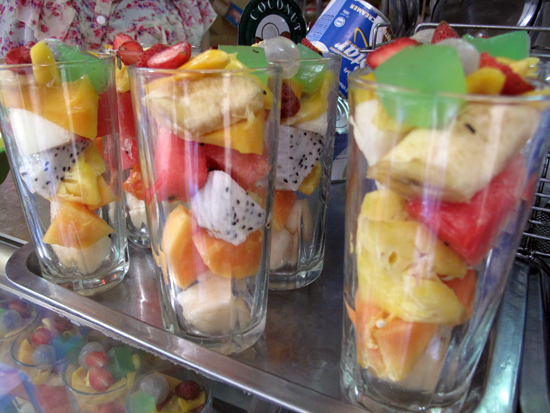
Ours came in a bowl but these are prettier.
Bigger groups might be just about fine when you're sitting at a table, eating, but in reality a lot of time is spent walking around hectic Old Quarter and it can be difficult to pick up on information offered by the guide if there are too many people standing around.
And, of course, street food stalls aren't generally set up for large groups, unless you're eating hotpot or at a bia hoi joint. Unfortunately you don't get to influence the number of guests and might end up in a larger group; so if you don't like crowds, stump up and opt for a private tour.
As well as Hanoi Street Food Tour, which only provides private tours, Well Eaten Path (with Daniel Hoyer) offers a private tour option and Vietnam Awesome Travel's Food on Foot tour can be taken as a private tour for US$38, so is worth considering as a cheaper alternative.
Food versus tour of Old Quarter
One of the reasons that the Hanoi Cooking Centre tour was so good is that the guide - a KOTO-trained chef -- was evidently passionate and knowledgeable about food and really enhanced the experience: this was all about the food, with no distractions. The same was true of the Hanoi Street Food Tour.
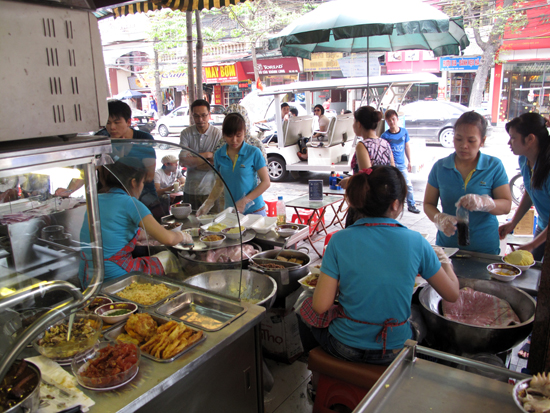
A sticky rice production line.
The Food on Foot tour managed to achieve a reasonable balance between being an introduction to street food, the Old Quarter and the history of Vietnam: our guide didn't have a particular passion for food, but knew her stuff and the ad hoc stops to try food on sale along the street was a nice touch. The Urban Adventures tour was similar in concept, in that it merged a walking tour with eating, but somehow fell too far on the side of walking tour of Old Quarter to really feel like a street food adventure. Of these two, which are similarly priced, the Food on Foot tour comes more highly recommended from us (more food stops for a start).
Hidden spots or tourist traps
It's inevitable that tours will sometimes end up at well-documented venues. Inevitable in part because these are often well-known spots for a reason: the food's good. Also, some tour operators are keen to stick to places that have been vetted and offer a certain level of hygiene.
For some, this is a perfect introduction -- street food with security - but what about if you've already dipped your toe in the world of pho and bun cha and are looking for a tour that can show you the real off-the-beaten track spots and introduce you to new dishes? This is a very subjective area, as off-the-beaten track for some might be everyday and boring for others. To generalise, however, the two more expensive tours went to less touristy places. Of course, if you have specific requests - food you want to try or to avoid - you'll need to book onto a private tour and discuss your requirements in advance.

Unfortunately theyre cooked in herbs, not beer.
Although I didn't test it out again, the short tours from Hidden Hanoi - which I reviewed in August 2011 - take place outside of Old Quarter, although try quite standard dishes such as pho and bun cha.
Where the food comes from
A wet market, or street market, should be a must-see on any visit to Vietnam, certainly for a foodie, and visiting with a knowledgeable guide is recommended. So it makes sense to include it with a street food tour.
The market tour with Hanoi Cooking Centre was excellent: it was a real tour, rather than a quick walk through, as Y took time to show us different produce and prompt us to try tasters. A market visit, or two, are also included with Hanoi Street Food Tours' itinerary.
Urban Adventures' Hanoi Street Food by Night tour includes a walk around the outskirts of Dong Xuan market and the nearby street market. It's lively and interesting to observe, but no commentary was provided on the tour I took, except when prompted. The Foot on Foot tour didn't include a market visit.
In summary
Because the tours are all different, in terms of price and time of day, and you'll all be turned on by different things, it's difficult to make a one-size-fits-all recommendation. Quality decreases as price decreases, but that's not to say that you should avoid the cheaper options.
The Food on Foot tour was a close comparison to Hanoi Cooking Centre's offer, at half the price, but it did lack the market visit and the benefit of having a chef as a guide. With no doubt though, we highly recommend doing some kind of street food tour while you're in Hanoi: read our posts, see what sounds good and book on!
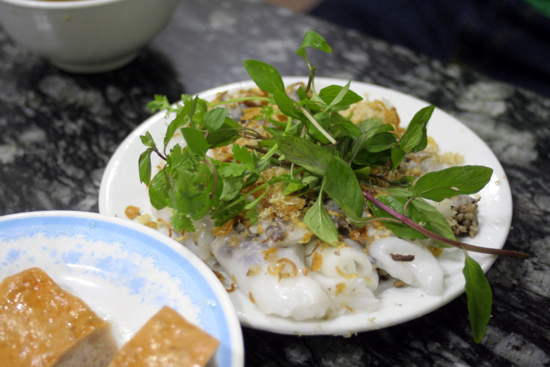
Banh cuon a popular dish tried on street food tours.
More details
Food on Foot
19B Hang Be Street, Hoan Kiem, Hanoi
T: (04) 3990 1733/3994 2555
http://vietnamawesometravel.com
Our full review
Hanoi Cooking Centre
44 Chau Long Street, Ba Dinh District, Hanoi
T: (04) 3715 0088 / 3715 3277
http://www.hanoicookingcentre.com
Our full review
Hanoi Street Food Tours
http://streetfoodtourshanoi.blogspot.com/
Our full review
Hidden Hanoi
147 Nghi Tam Road, Hanoi
T: (091) 225 4045
http://www.hiddenhanoi.com.vn/
Our full review
Urban Adventures
T: (0904) 193 308
http://www.urbanadventures.com/
Our full review
Well Eaten Path
Daniel Hoyer (True Colour Tour)
18 Hang Be, Hanoi (inside Provecho)
T: (01689) 451 062
http://www.eatingvietnam.com
Our full review


